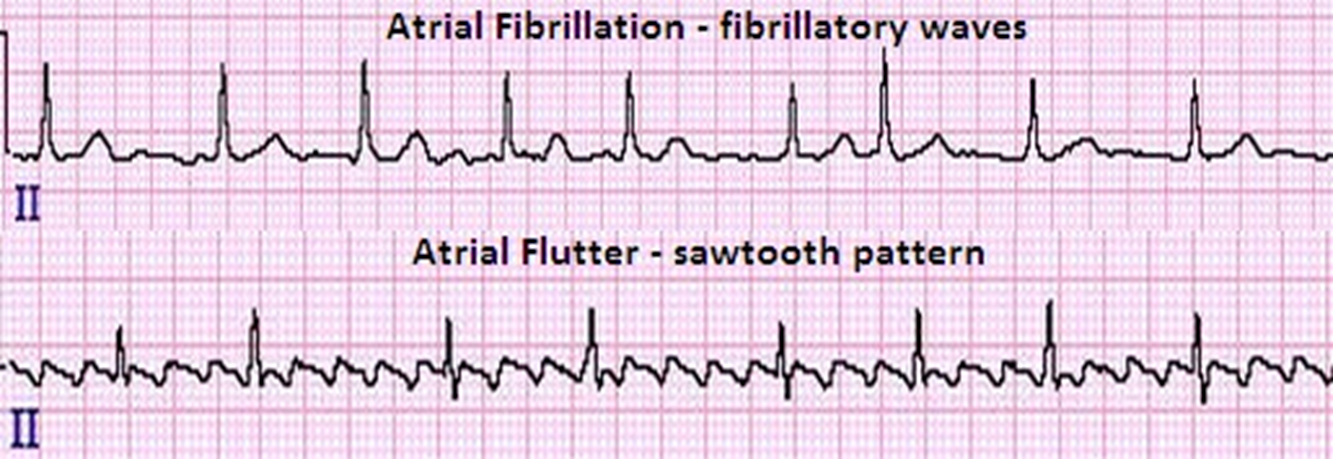A patient with heart failure has recently started taking Digoxin (Lanoxin), Furosemide (Lasix), and Captopril. Which finding by the home health nurse is a priority to communicate to the healthcare provider?
Palpable liver edge 2 cm below the ribs on the right side.
Serum potassium level of 3.0 mEq/L after 1 week of therapy.
Weight increase from 120 pounds to 122 pounds over 3 days.
Presence of 1+ to 2+ edema in the feet and ankles.
The Correct Answer is B
Choice A rationale
While palpating the liver edge can provide information about liver health and potential fluid accumulation, it is not typically a priority assessment for a patient taking Digoxin (Lanoxin), Furosemide (Lasix), and Captopril.
Choice B rationale
A serum potassium level of 3.0 mEq/L is low (hypokalemia). This is a critical finding because both Digoxin and Furosemide can cause hypokalemia. Hypokalemia increases the risk of digoxin toxicity, which can lead to serious cardiac arrhythmias.
Choice C rationale
While weight gain may indicate worsening heart failure, a gain of 2 pounds over 3 days is not typically considered significant. However, any sudden or unexplained weight gain should be reported to the healthcare provider.
Choice D rationale
Presence of 1+ to 2+ edema in the feet and ankles could indicate worsening heart failure, but it is not as immediately concerning as hypokalemia in a patient taking Digoxin and Furosemide.
Nursing Test Bank
Naxlex Comprehensive Predictor Exams
Related Questions
Correct Answer is A
Explanation
Choice A rationale
Keeping hands warm and wearing gloves when handling cold objects is one of the most effective ways to manage Raynaud’s disease. Cold temperatures can trigger Raynaud’s attacks, which can cause the fingers to turn white, then blue, and feel cold and numb.
Choice B rationale
While avoiding standing for prolonged periods can be beneficial for certain conditions, it is not specifically related to managing Raynaud’s disease.
Choice C rationale
Regular exercise can help improve circulation, which can be beneficial for people with Raynaud’s disease. However, it’s not as crucial as keeping the hands warm.
Choice D rationale
Regularly returning to the clinic for blood pressure checks is not specifically related to managing Raynaud’s disease. While it’s important for individuals with certain conditions, such as hypertension, to regularly monitor their blood pressure, it’s not a key aspect of managing Raynaud’s disease.
Correct Answer is B
Explanation
Choice A rationale: Adenosine Adenosine is a naturally occurring substance that relaxes and dilates blood vessels. It also affects the electrical activity of the heart. Adenosine is used to help restore normal heartbeats in people with certain heart rhythm disorders. However, it is not typically used for atrial fibrillation.
Choice B rationale: Diltiazem Diltiazem belongs to a class of medications called calcium-channel blockers. It works by relaxing the blood vessels so the heart does not have to pump as hard. Diltiazem also increases the supply of blood and oxygen to the heart. It is used in adults alone or in combination with other medications to treat hypertension (high blood pressure) or symptoms of angina (chest pain). Diltiazem injection is used in adults to treat certain heart rhythm disorders such as atrial fibrillation.
Choice C rationale: Atropine Atropine is a tropane alkaloid and anticholinergic medication used to treat certain types of nerve agent and pesticide poisonings as well as some types of slow heart rate, and to decrease saliva production during surgery. However, it is not typically used for atrial fibrillation.
Choice D rationale: Captopril Captopril is used in adults alone or in combination with other medications to treat high blood pressure (hypertension) and congestive heart failure.
Captopril is also used to improve survival and reduce the risk of heart failure after a heart attack in patients with a heart condition called left ventricular hypertrophy (enlargement of the walls of the left side of the heart)4. However, it is not typically used for atrial fibrillation.

Whether you are a student looking to ace your exams or a practicing nurse seeking to enhance your expertise , our nursing education contents will empower you with the confidence and competence to make a difference in the lives of patients and become a respected leader in the healthcare field.
Visit Naxlex, invest in your future and unlock endless possibilities with our unparalleled nursing education contents today
Report Wrong Answer on the Current Question
Do you disagree with the answer? If yes, what is your expected answer? Explain.
Kindly be descriptive with the issue you are facing.
